Power outages can be disruptive, but with a generator, you can keep your home running smoothly. While a transfer switch is the recommended and safest way to connect a generator to your house, there are alternative methods if a transfer switch isn't an option. This guide covers three methods: using an interlocking device, an outside weatherproof outlet box, and an extension cord connected to a portable generator.
1. Interlocking Device Kit to Outdoor Inlet
An interlocking device kit is an effective and safe way to connect your generator. This kit includes the interlocking device hardware that attaches directly to your circuit breaker panel, ensuring that only one power source—either your generator or the main power—can be active at a time. This prevents dangerous back-feeding.
The electrician would attach the interlocking device to your main breaker panel. Then the inlet box would be installed on the exterior of your home, close to the area where you want to use your generator—many inlets are installed near the garage for you to use during a blackout. This is typically how you use an interlocking device. Here's how a professional would instruct you to use an interlocking device:
- When the power goes out, push the interlocking device on with the switch to prevent the main breaker from turning back on. Also flip off all of the other individual breakers in your home.
- Plug the extension cord from the generator into the outdoor power inlet box. Make sure the connection is secure.
- Once you turn on the generator, you are able to turn on the select breakers that you want to power with your generator.
2. Extension Cord From Generator
You are also able to use extension cords and connect them to your generator. You connect the extension cords directly to the appliances and the things you need powered in your home. One important thing to note is how much power your generator can handle. Here’s how to ensure safety in your home while using your generator:
- Take note of the running watts that your generator has. This is how much power you’re able to generate without tripping or overpowering your generator.
- Run the extension cords into the house and plug them into what needs to be powered.
- Keep your generator dry, well ventilated, and away from flammable materials.
Safety Tips for Connecting a Generator to Your Home Without a Transfer Switch
When using any of these methods to connect a generator to your home, safety should be your top priority. Here are some essential tips:
- Calculate Your Power Needs: Before purchasing a generator, calculate the total wattage you need and choose a generator that can handle that load safely.
- Hire a Professional: It's highly recommended to hire an electrician to install an interlocking device or an outside outlet.
- Use Proper Equipment: Always use generator-grade extension cords, and never plug a generator directly into a wall outlet, which can cause dangerous back-feeding.
- Monitor Power Usage: If you’re using an outdoor outlet or an interlocking device only turn on the breakers you need to power essential appliances to avoid overloading your system.
If you're considering using an outside outlet box or an extension cord to connect your generator, we offer a range of high-quality home inlet boxes and generator-grade extension cords designed to handle the power demands of your generator safely.
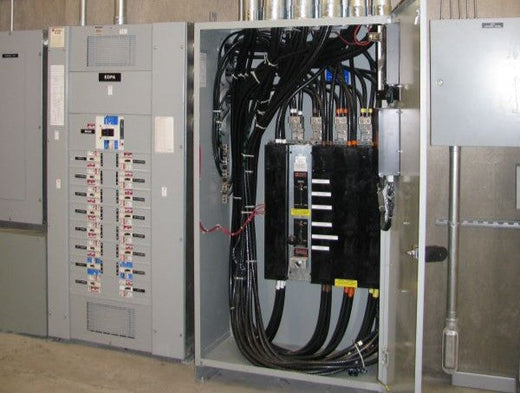
![AC WORKS® [ASINSS2PBX] 50A Locking 4-Wires CS6375/ SS2-50 Heavy-Duty Transfer Switch Inlet Box](http://acworks.ca/cdn/shop/files/ASINSS2PBX-0_d1e08ee0-9fc4-4f86-be94-e2a1b91e020c.jpg?v=1747327080&width=2500)
![AC WORKS® [EP1450KIT] 50A Emergency Power Kit with SS2-50 Inlet Box](http://acworks.ca/cdn/shop/files/EP1450KIT-010-0_8dd8519f-bb52-4eaf-8b13-9e62a6021013.jpg?v=1761065392&width=2500)
![AC WORKS® [EPL1420KIT] Generator Emergency Power Kit with L14-20 Inlet Box](http://acworks.ca/cdn/shop/files/EPL1420KIT-0_770763f9-4fb1-4fd0-8196-5cabc5296b5c.jpg?v=1759759260&width=2500)
![AC WORKS® [EPL1430KIT] Generator Emergency Power Kit with L14-30 Inlet Box](http://acworks.ca/cdn/shop/files/EPL1430KIT-0_3d7a9bc0-fd00-4bed-bc2d-9dc9ea6c3862.jpg?v=1759759175&width=2500)
![AC WORKS® [ASL530PBX] 30A Locking 3-Prong L5-30 Heavy-Duty Generator Transfer Switch Inlet Box](http://acworks.ca/cdn/shop/files/ASL530PBX-0_6c980262-f9ae-4445-ba43-8108c78153e3.jpg?v=1759759004&width=2500)
![AC WORKS® [ASL630PBX] L6-30 30A 250V 3-Prong Locking Heavy-Duty Industrial Inlet Box](http://acworks.ca/cdn/shop/files/ASL630PBX-0_0d00988e-5dc4-49f3-9e26-9cdc0a6036b9.jpg?v=1759758567&width=2500)
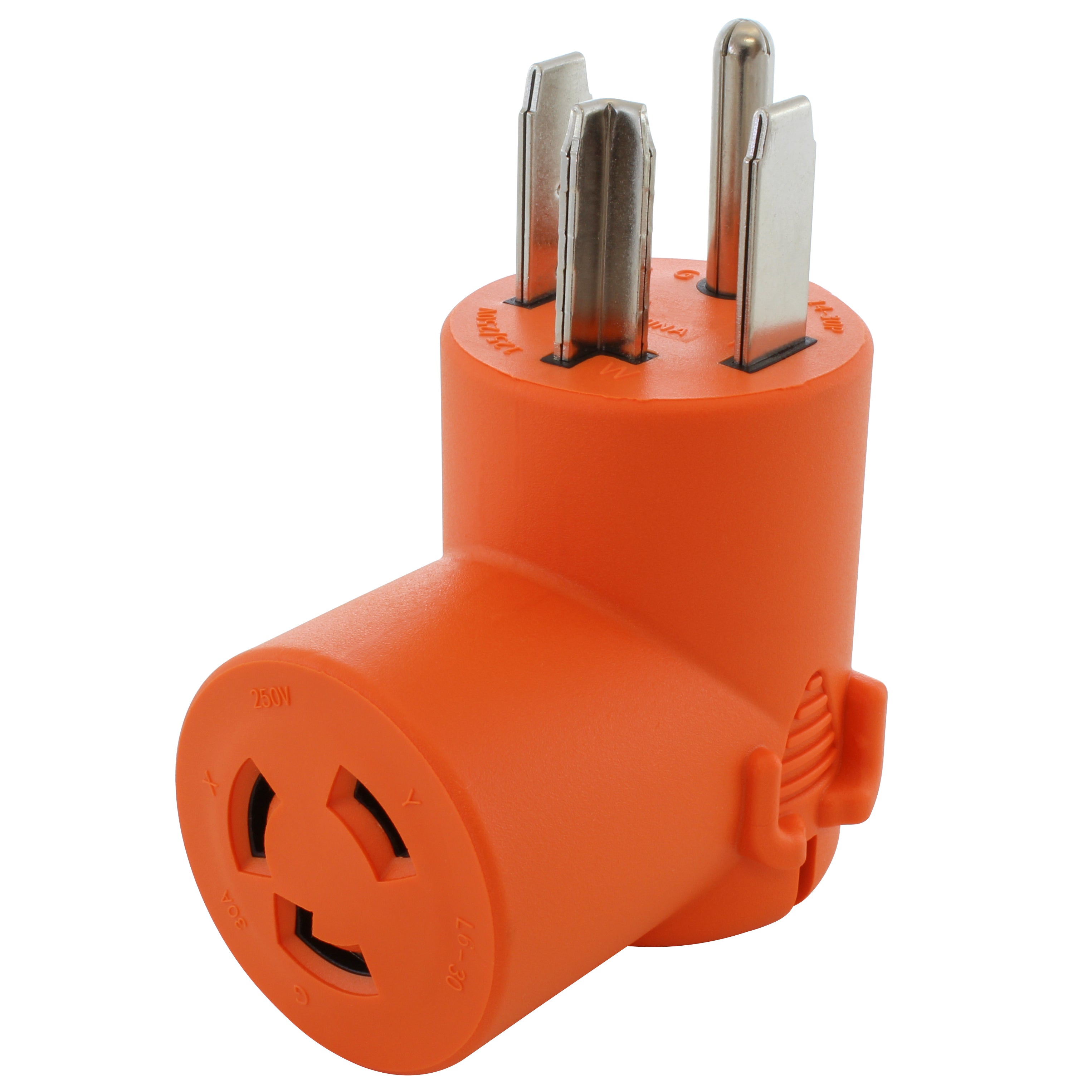
![AC WORKS® [AD1450630] Range/RV/Generator 14-50P Plug to 6-30R 30 Amp 250 Volt HVAC Female Adapter](http://acworks.ca/cdn/shop/products/AD1450630-0.jpg?v=1674154606&width=3240)
![AC WORKS® [AD515L1430] Household Plug NEMA 5-15P to Generator 4 Prong L14-30R (Two hots bridged)](http://acworks.ca/cdn/shop/products/AD515L1430-0_55cf8471-d430-4620-a3f7-ab01d4dbaf54.jpg?v=1607024748&width=2372)
![AC WORKS® [ADL1430620] NEMA L14-30P 30A 125/250V Locking Plug to NEMA 6-15/20R 15/20A 250V Female](http://acworks.ca/cdn/shop/products/ADL1430620-0_f70a05d8-b414-4b3f-9904-cab028d071d4.jpg?v=1607023154&width=2568)
![AC WORKS® [EVTT30MS-018] 1.5FT EV Adapter 30A 125V TT-30 RV Plug to 50A EV Cord for Tesla](http://acworks.ca/cdn/shop/products/EVTT30MS-018-0.jpg?v=1647534566&width=4368)
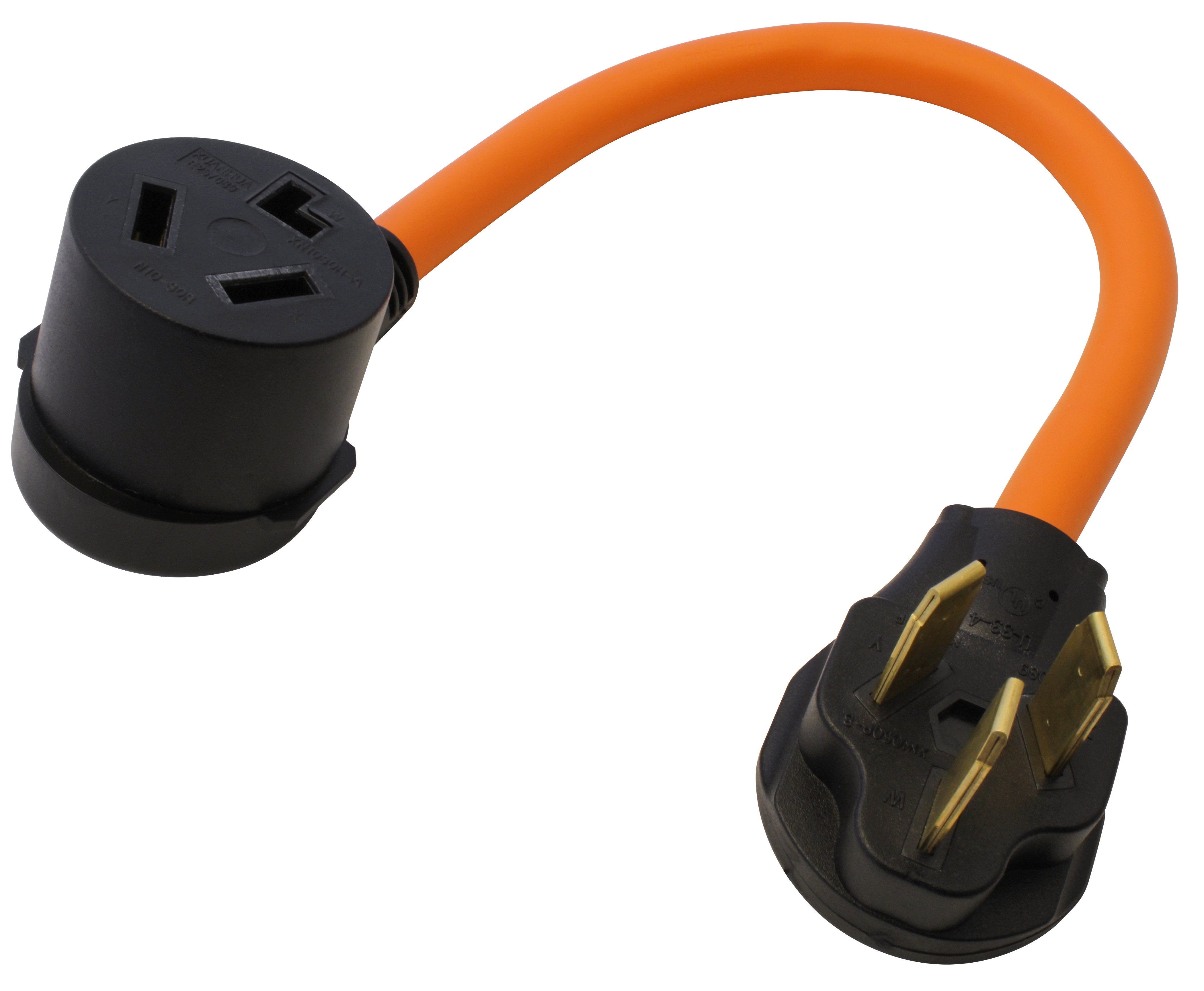
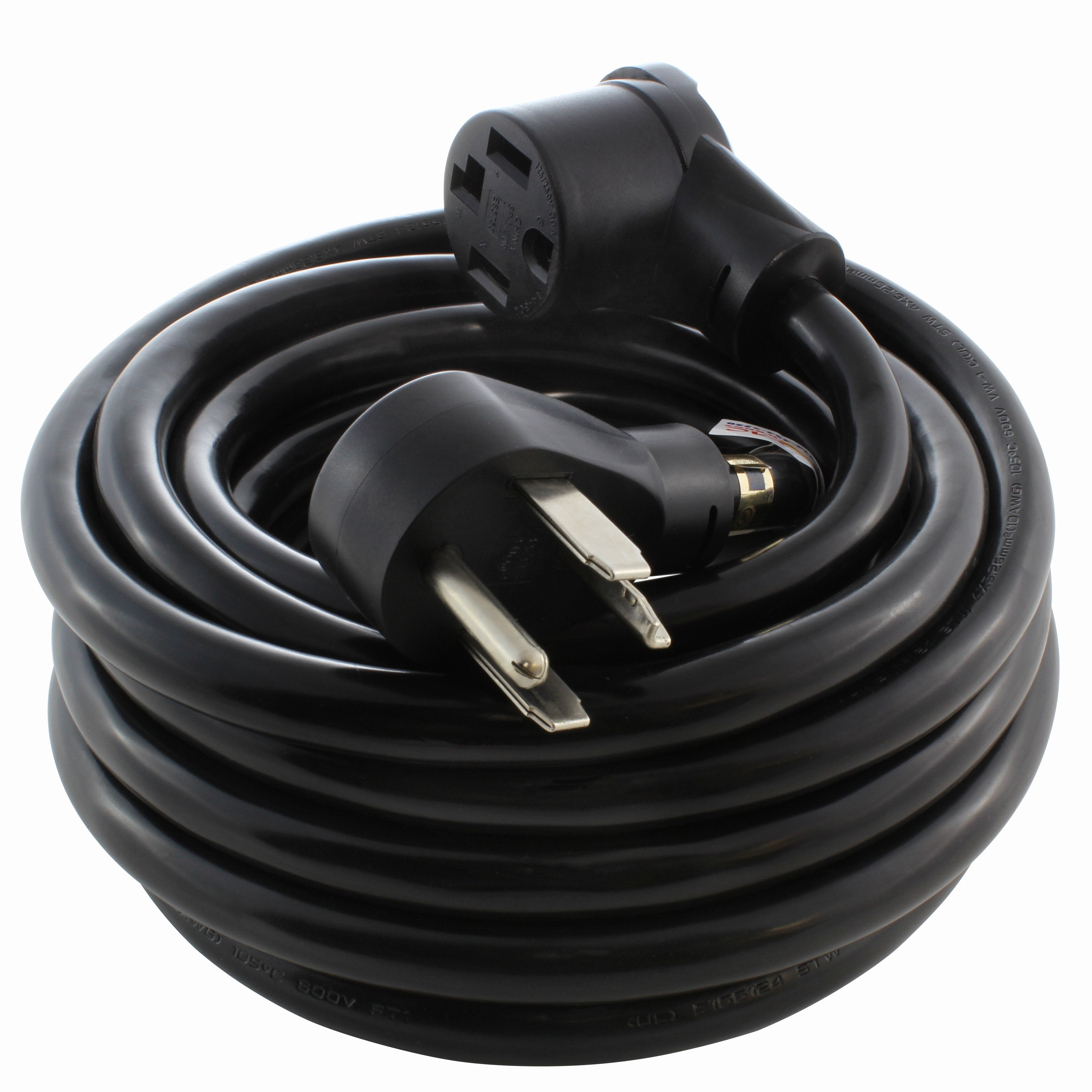

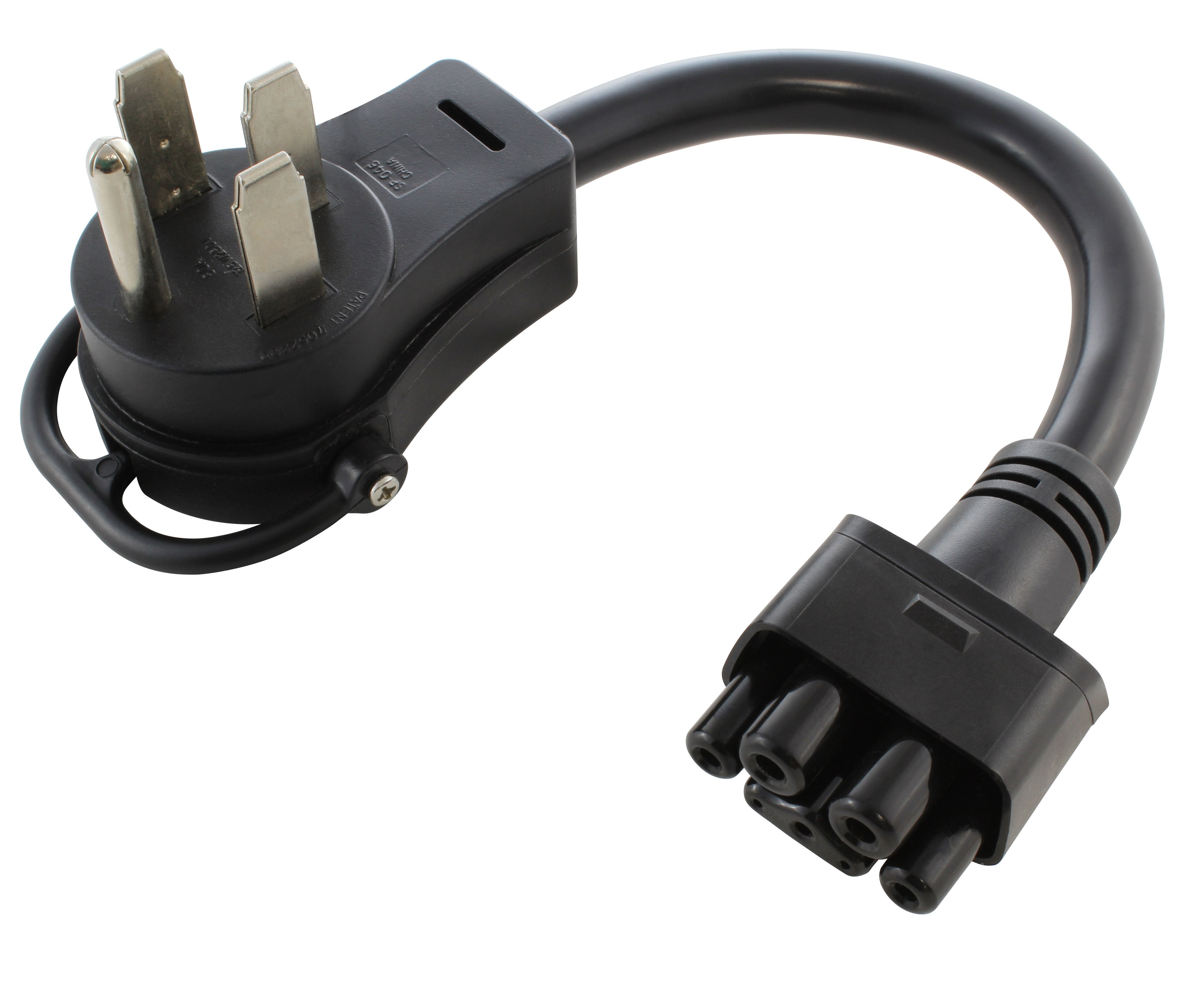
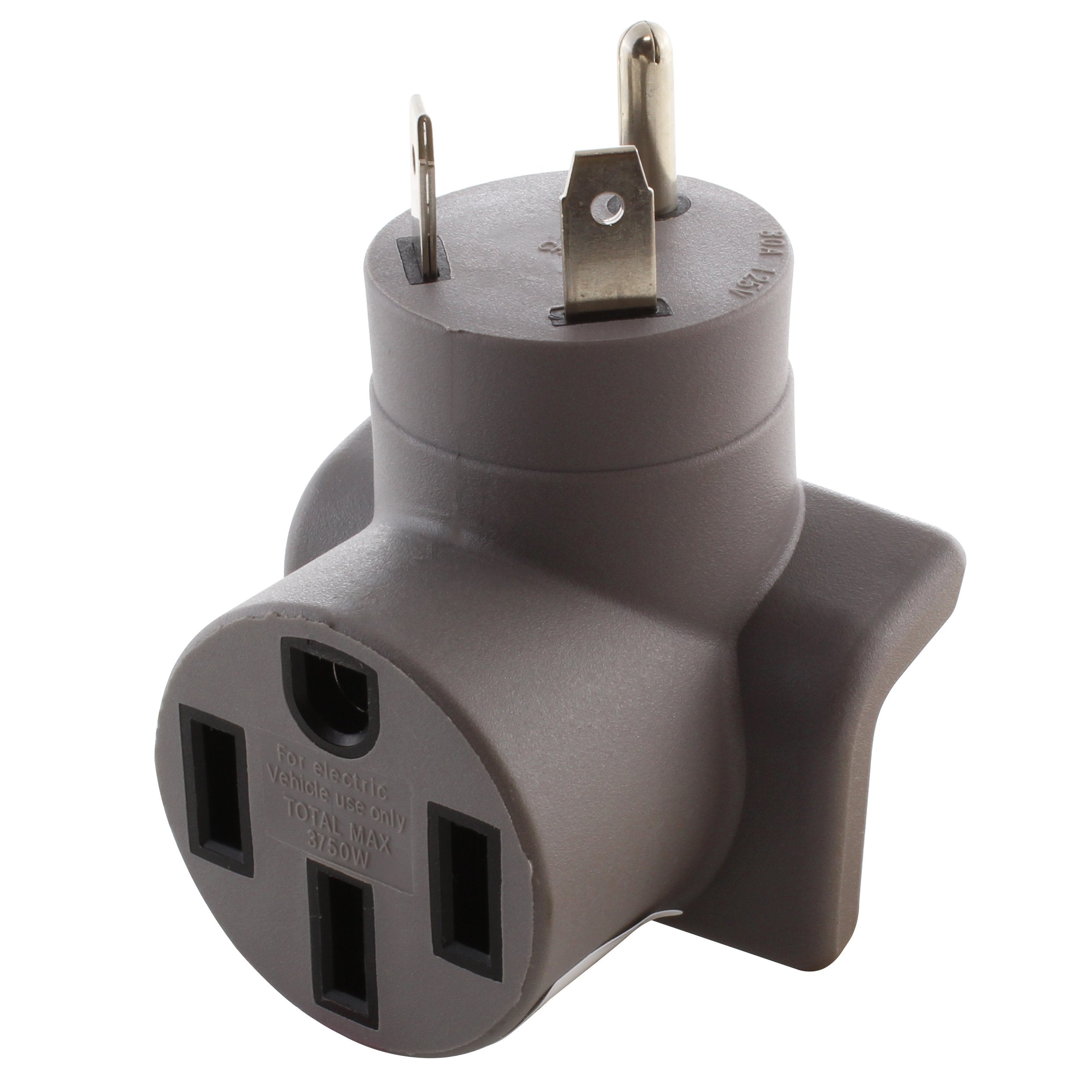
![AC WORKS® [G2EV630PT-24A] 24A Gen 2/3 EV Charging NEMA 6-30 Adapter For Gen. 2/3 Tesla Mobile Connector](http://acworks.ca/cdn/shop/products/G2EV630PT-24A-0.jpg?v=1674155187&width=4264)
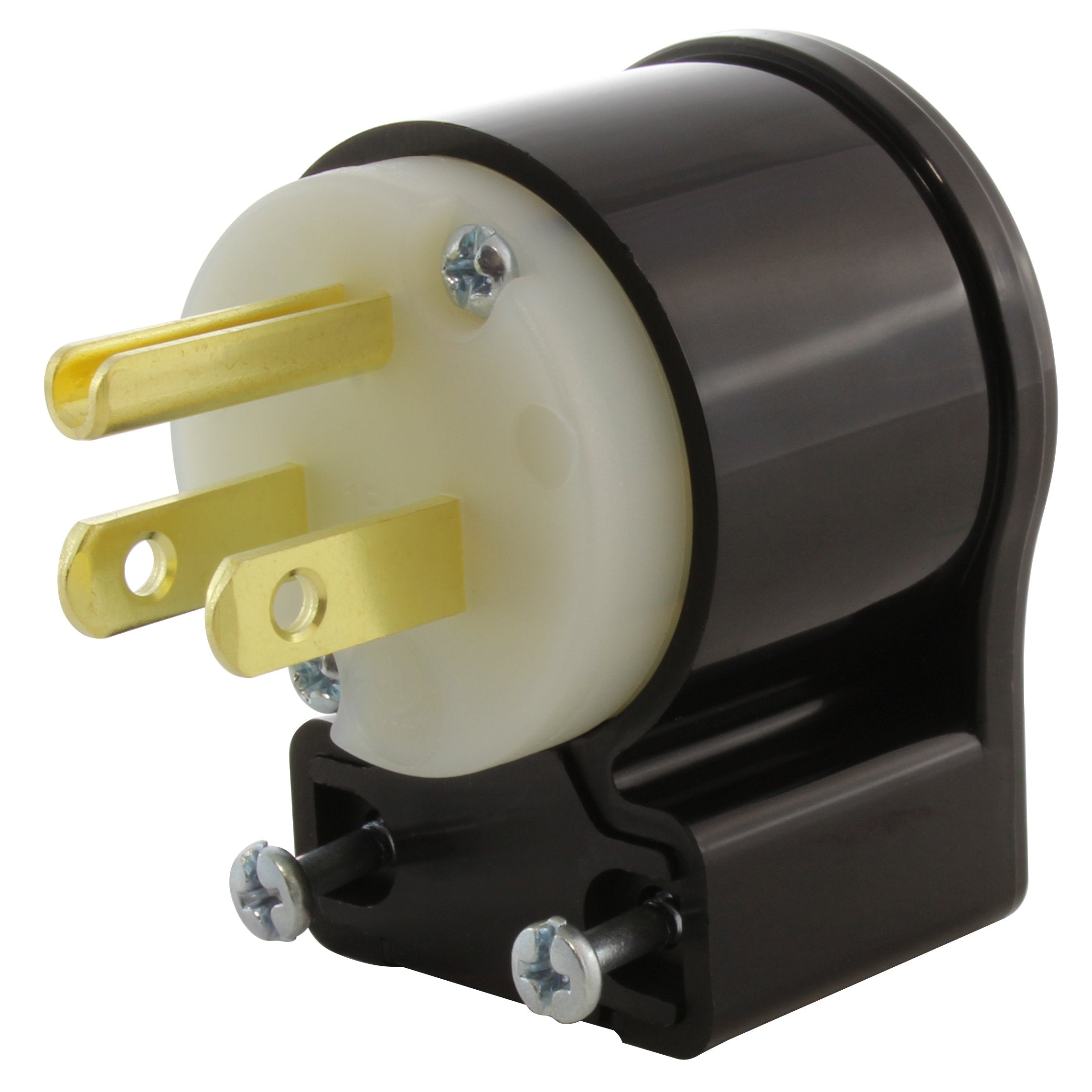


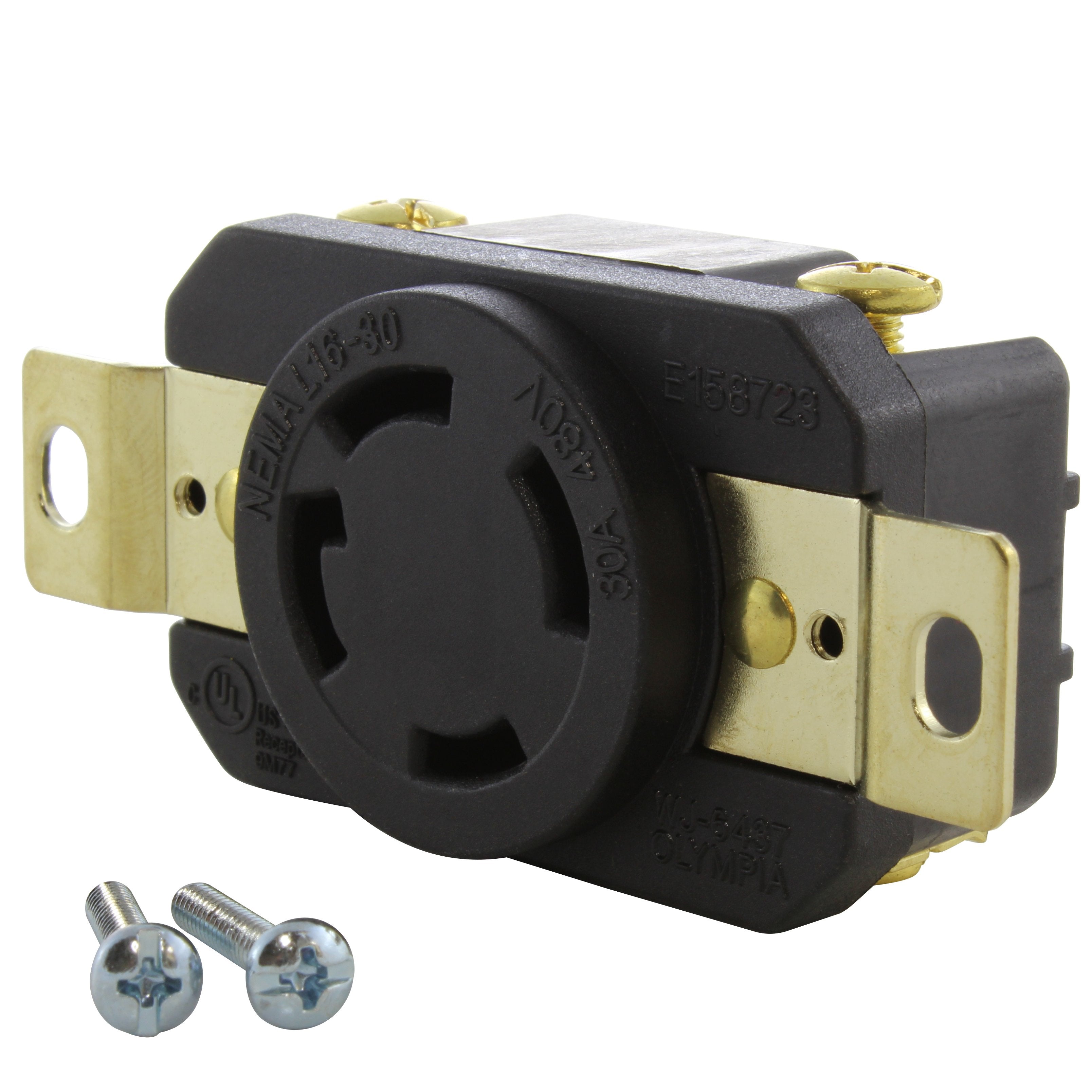


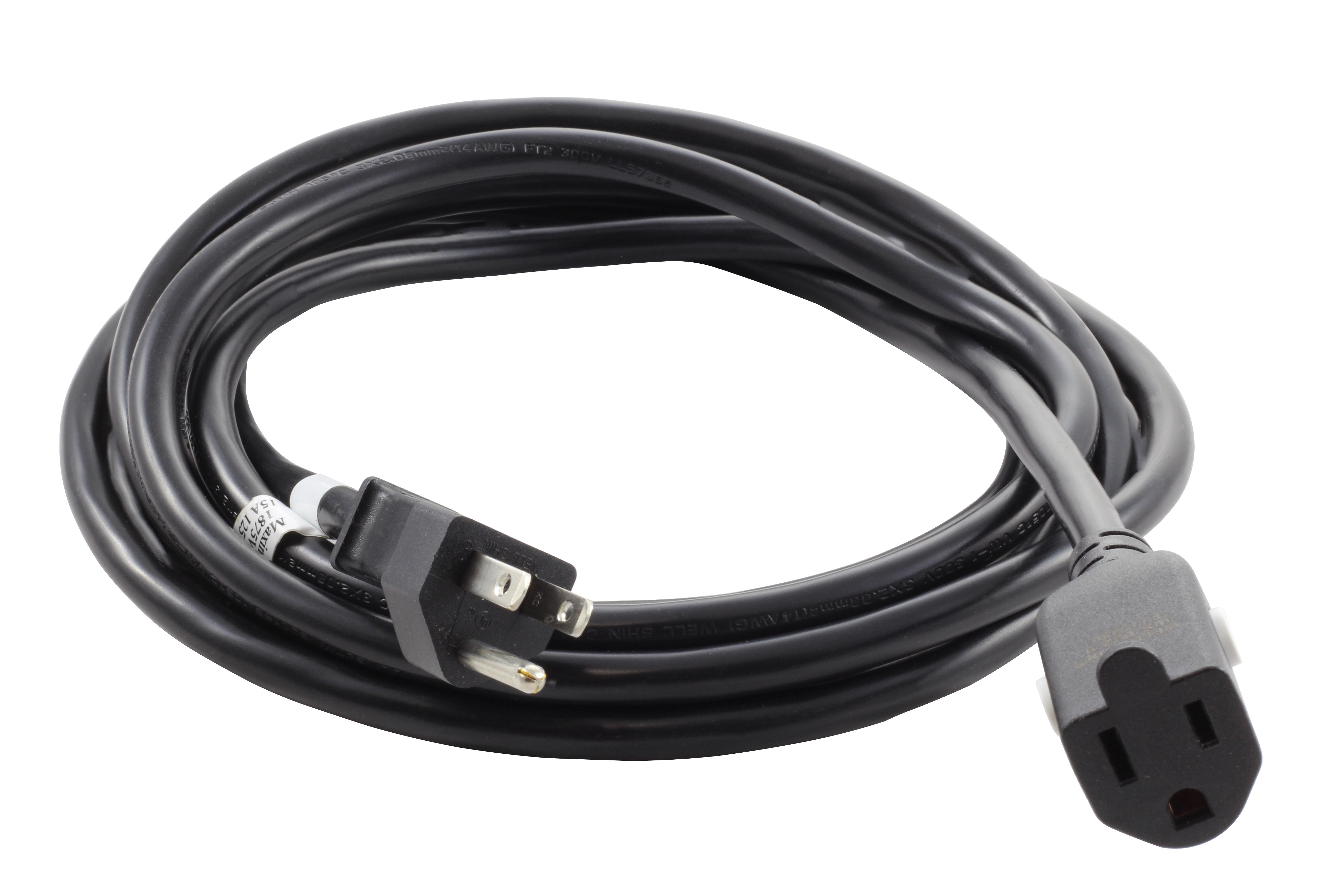
![AC WORKS® [ADV104] 3-Prong Heavy-Duty V-DUO Household Outlet Adapter](http://acworks.ca/cdn/shop/products/ADV104-0.jpg?v=1607022808&width=3128)
![AC WORKS® [15/20AEX] 15/20 Amp 12/3 Household Outdoor Extension Cord](http://acworks.ca/cdn/shop/files/15-20AEX-0.jpg?v=1718894784&width=3500)
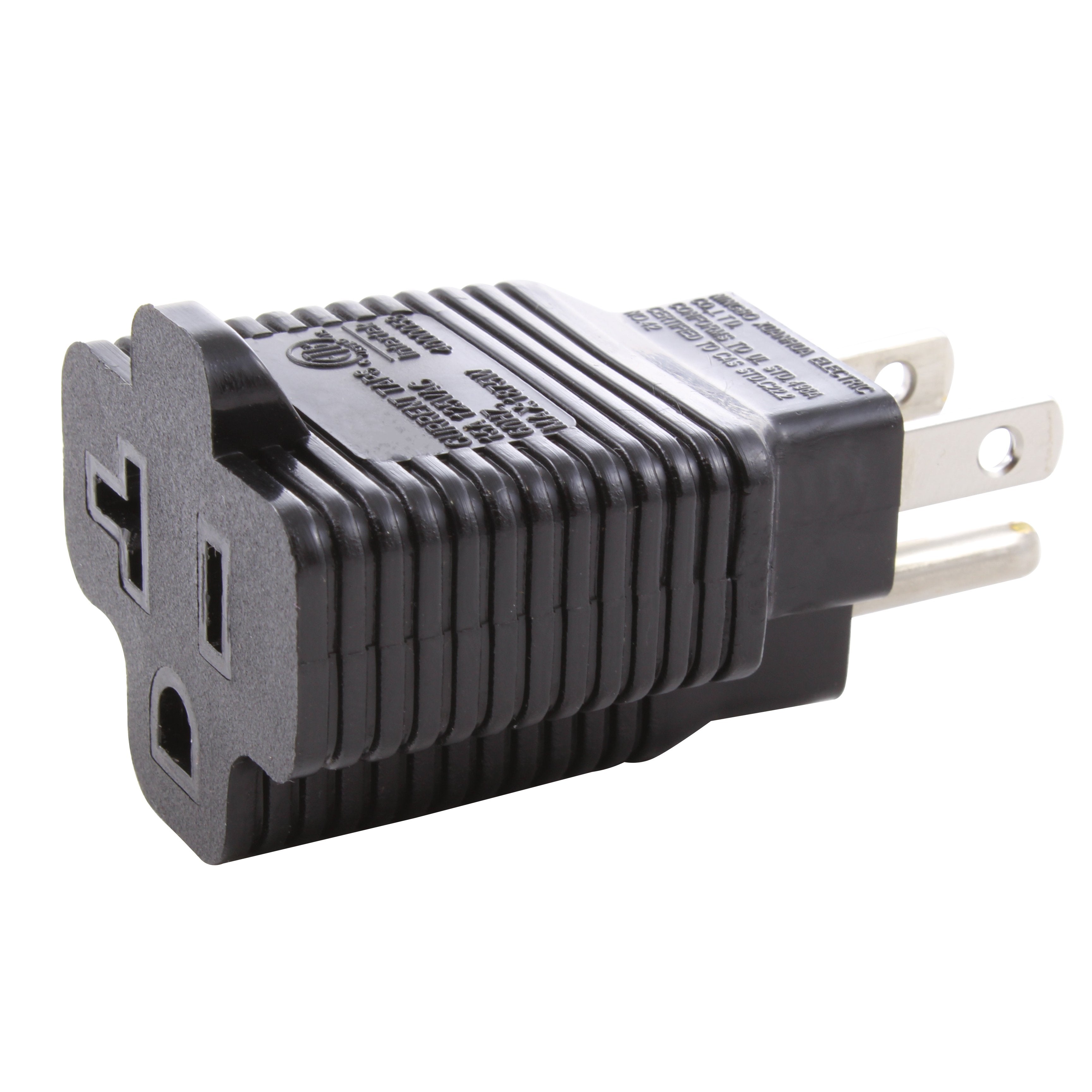
Share:
Common Tesla Charging Issues: SOLVED
Guide to Finding the Perfect Cord or Adapter for your Generator